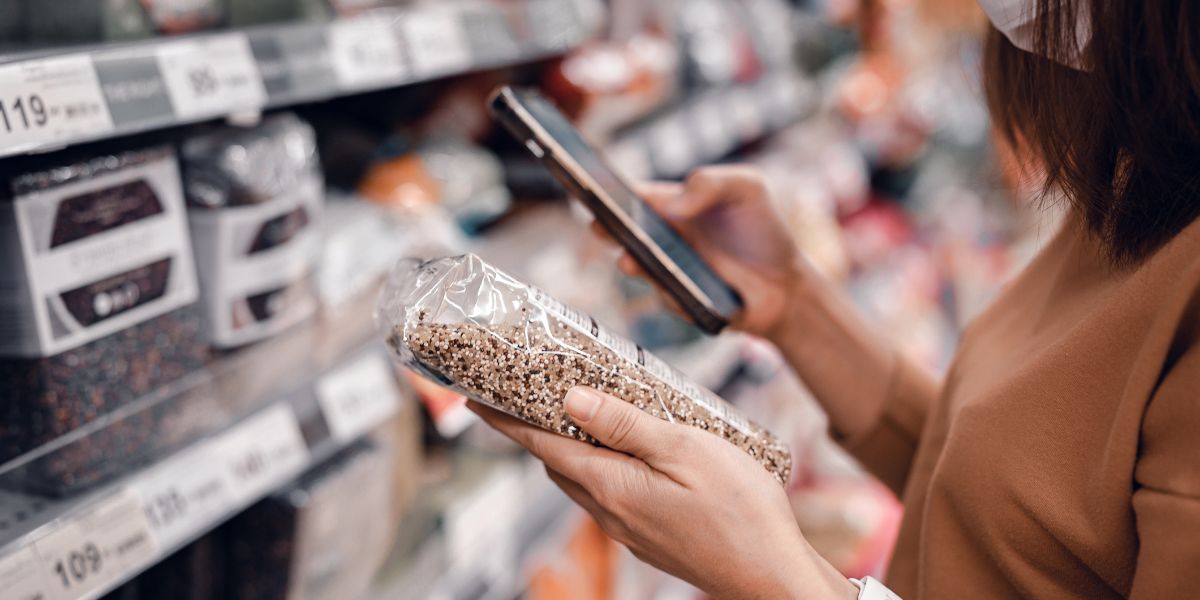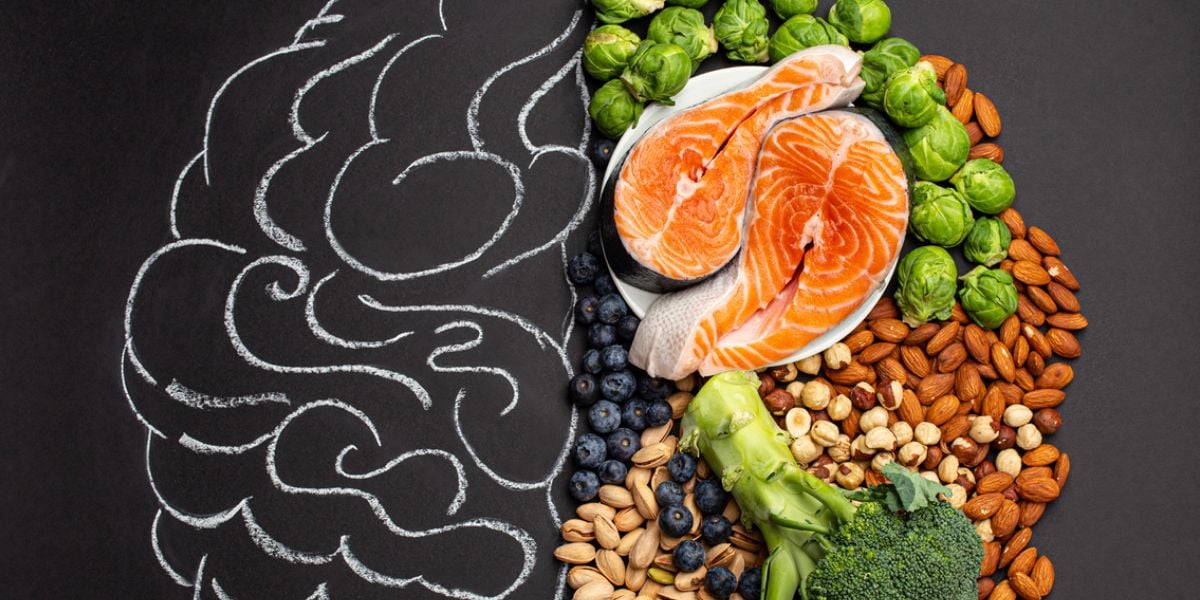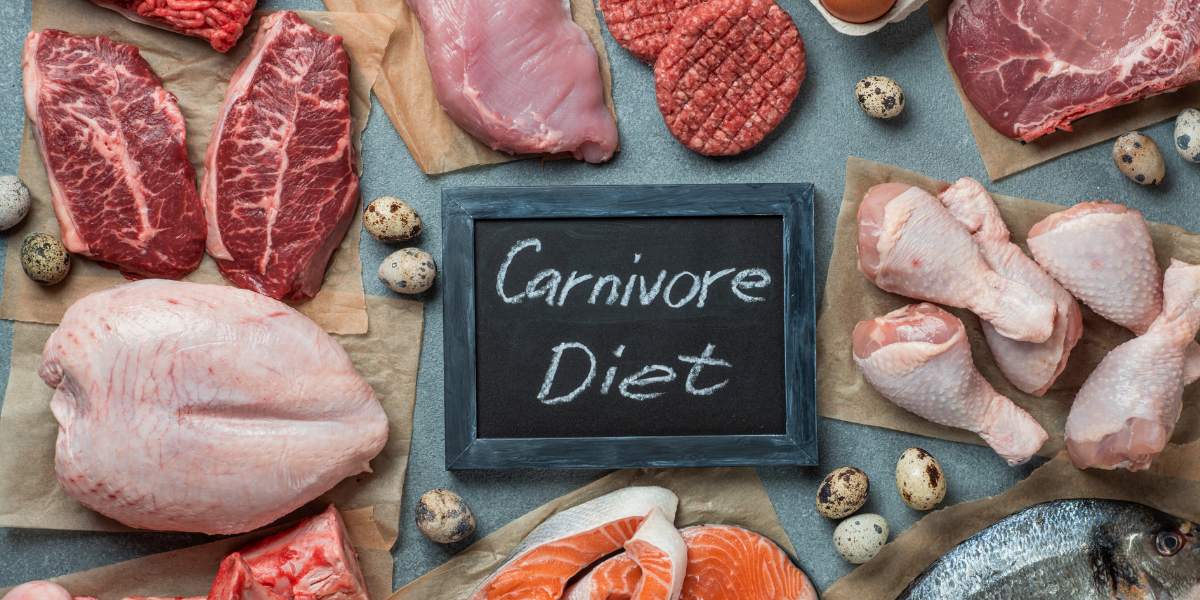Food labelling plays a useful part in diabetes management and following a healthy lifestyle.
There is a lot of information to be found on food packaging, so it helps to know which of the information is best to focus on.
Making sense of food labels
The most important information is usually found on the back of packaging. The nutritional information table, ingredients list and allergy information contain the most useful info and are usually found close together.
Carbohydrate
The carbohydrate quantity of the food is perhaps the most useful information for people with diabetes. This is because when we eat carbohydrate , it is broken down into glucose which then raises blood sugar levels.
The more carbohydrate we eat, the higher blood sugar levels will go after the meal. Carbohydrate is a form of energy and having a lot of carbs will make weight gain more likely. You can find out how much carbohydrate is in food by looking at the nutrition table.
Reviewing carbohydrate content helps people with type 1 diabetes to manage insulin doses.
Sugar
Sugar is a form of carbohydrate and directly affects blood sugar soon after eating. Foods with a high sugar content will raise blood sugar levels strongly and quickly. So, checking the sugar content can help you steer clear of foods that will adversely affect you blood sugar levels.
Fat
Fat is another form of energy. Unlike carbs, fat itself does not have a big impact on blood sugar levels.
However, watch out for foods that are high in both carbs and fat as these can raise blood sugar and increase the likelihood of weight gain.
Natural fat presents no danger to health so foods such as nuts, avocado, oily fish, dairy and meat are good, healthy sources of fat. These foods are rich in natural fats and relatively low in carbs.
Processed foods such as crisps, pastries, biscuits and sugary chocolate bars are best avoided, this is because these are all high in both carbs and fat.
If you’re looking to lose weight, a diet that is low in carbs and not too high in fat will give you a better chance of losing weight.
Ingredients list
A healthy diet involves eating natural food and ingredients. The ingredients list on foods allows you to see what goes into food. Food with lots of unrecognisable or unpronounceable ingredients is often a sign that the food is not so natural or healthy.
Allergy info
If you have a food allergy, look to find the allergy info which is usually found near to, or as part of, the ingredients list.
Sometimes the ingredients that can affect people with allergies are listed in one place. Other times, the potential allergens are put in bold within the ingredients list. Check the packet carefully if you have a food allergy.
Traffic light labelling
Traffic light labelling can be found on the front of the packaging of many foods. The idea of traffic labelling is to help people make quick assessments of whether foods are good choices or not.
Unfortunately, the traffic light system is not a reliable indicator of food health. For example, the system gives any food high in fat a red light. This means that natural, healthy sources of fat such as cheese, nuts and avocados get a red light.
Another problem is that a lot of high carbohydrate food that are low in fat are given many green lights which may mislead people into thinking these foods are healthy. High carbohydrate foods, like bread, can often raise blood sugar levels too high for people with diabetes.
Highly processed foods can also qualify for green lights despite being significantly less healthy than natural foods.
For these reasons, it is generally better to review the nutrition table and ingredients list rather than to look at the traffic light labels.





